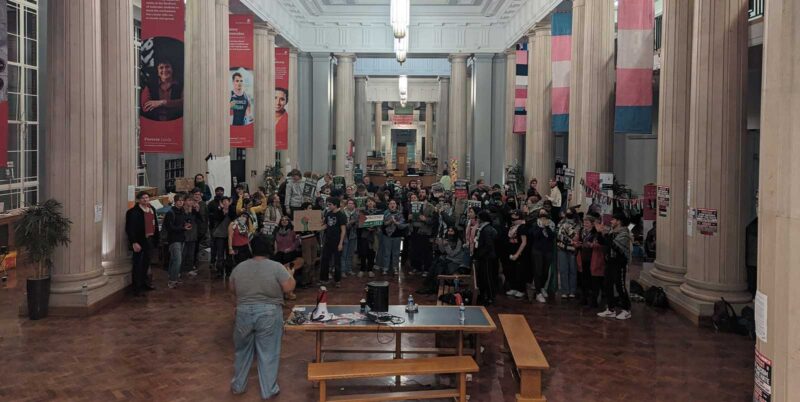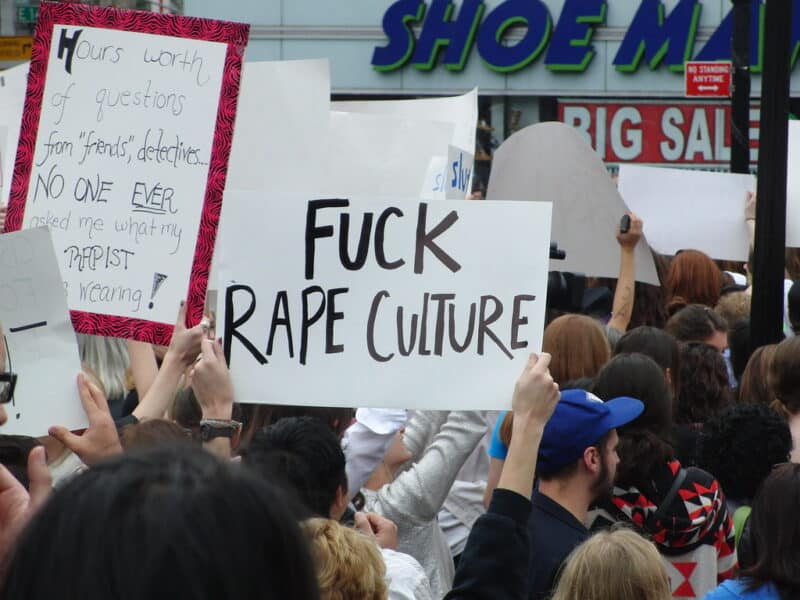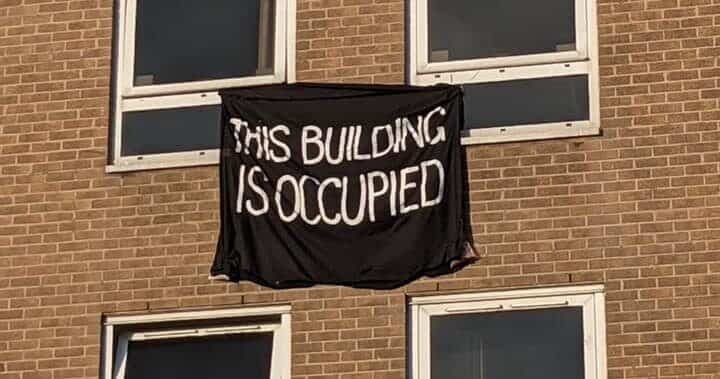Militant action can reverse Con-Dem education reforms
 A year after students took to the streets, the fight for the future of education in Britain continues. As young people are confronted with few university places and even fewer job opportunities, the need to integrate the education and the anti-cuts movement becomes even more urgent, writes Joana Ramiro
A year after students took to the streets, the fight for the future of education in Britain continues. As young people are confronted with few university places and even fewer job opportunities, the need to integrate the education and the anti-cuts movement becomes even more urgent, writes Joana Ramiro
AFTER THE A-level results came out, the usual panic for places in clearing became an avalanche as thousands of young people desperately tried to get into university before the £9,000 fees are introduced next year.
The Universities and Colleges Admissions Service (UCAS) website crashed during clearing, as five people fought over each available place. The was a real sense of desperation from people, many of whom were trying to get into university after missing out on a place last year.
“The government has no idea what this will be like,” said one prospective student. His application had “a real do or die feeling” to it, he said.
Several students with straight A’s were left behind, as ever more universities required A* as entry grades. Oxbridge, UCL, Imperial and Warwick are some of the institutions using this extreme measure, leading to even more elitism. Thirty per cent of A* grades were awarded to private school pupils, even though they only make up 7 per cent of the student population.
This is yet another blow to impoverished working class students, who lost their Education Maintenance Allowance (EMA) and are less likely to opt for higher education as undergraduate degrees are set at a cost of £27,000.
For those opting to go straight into work, the future looks equally grim. Youth unemployment rate hit a record of 20.3 per cent earlier this year.
Rare apprenticeship opportunities are getting more than 100 applicants per position, while volunteer (unpaid) positions plague most of the classified job listings.
It is not for nothing that the bourgeois media has nicknamed this the “lost generation”.
How can we turn the tide?
Despite electing a president standing to the left of Aaron Porter, the NUS 2011 conference voted down the motion for a national demonstration in the first term of the new academic year. The message was clear: the bureaucrats of the student movement were terrified of another Millbank. The NUS is still stalling on the fight against fees and cuts. President-elect Liam Burns has filled the media with firebrand slogans, but he is politically ambiguous about what to do next. Supporting UK Uncut-like action is certainly a step forward for a reformist institution like the NUS, but its reluctance to actually organise the struggle shows activists cannot rely on the NUS to lead the student movement.
It is up to grassroots organisations such as the National Campaign Against Fees and Cuts (NCAFC) and particularly to organised socialist revolutionary groups such as Revolution to organise and lead the student movement once again. If the November and December 2010 demonstrations have taught us anything, it is that we need a leadership capable of challenging governments, unafraid of standing by the students, uncompromising in its principles, and visionary in its aims.
This year, students cannot afford to be content with the token, NUS organised, A to B march. We need recurrent mass militant direct action, which supports civil disobedience and condemns police repression. In the forthcoming year, when not just our schools and universities are still under attack, but so are our job prospects, our current jobs, our healthcare and welfare services -– all that our parents and grandparents fought for in years much grimmer than these – the need to organise and fight back has never been this blatant.
National demonstrations and strikes
The student movement certainly needs to build momentum in the autumn, including student demonstrations. Burns is right on this one: the movement needs to be a “national manifestation of anger”. But it also needs to be a highly political, radical protest.
Liberalism and soft tactics won’t suffice when young people across the country are being blatantly demonised for exercising their right to protest, or fighting back against the police’s abuse of power. We need a demonstration that tackles not just the cuts to education, but all the issues concerning young people today – from poverty to education department cuts; from fees to lack of jobs.
We need to integrate the student movement into the wider anti-cuts movement. In other words, we need to unite the students and the workers, on the streets, in the struggle. We need demonstrations, occupations and teach-ins, in order to build up to a general strike. As the students are the workers of tomorrow, we need to unite in the struggles of today.
That means absolute coordination with the working class, be it in support of trade union struggles and in organising the fightback. In this way it would be wrong to pursue a separate student strategy without engaging with workers’ strike action.
In such a situation, in which workers and their trade unions go up against the bosses and the Coalition government, students must join their struggle and strengthen the fightback. We need to remind ourselves that what parliament does, the streets can undo. Students and workers – take to the streets together and let’s bring down this government!






